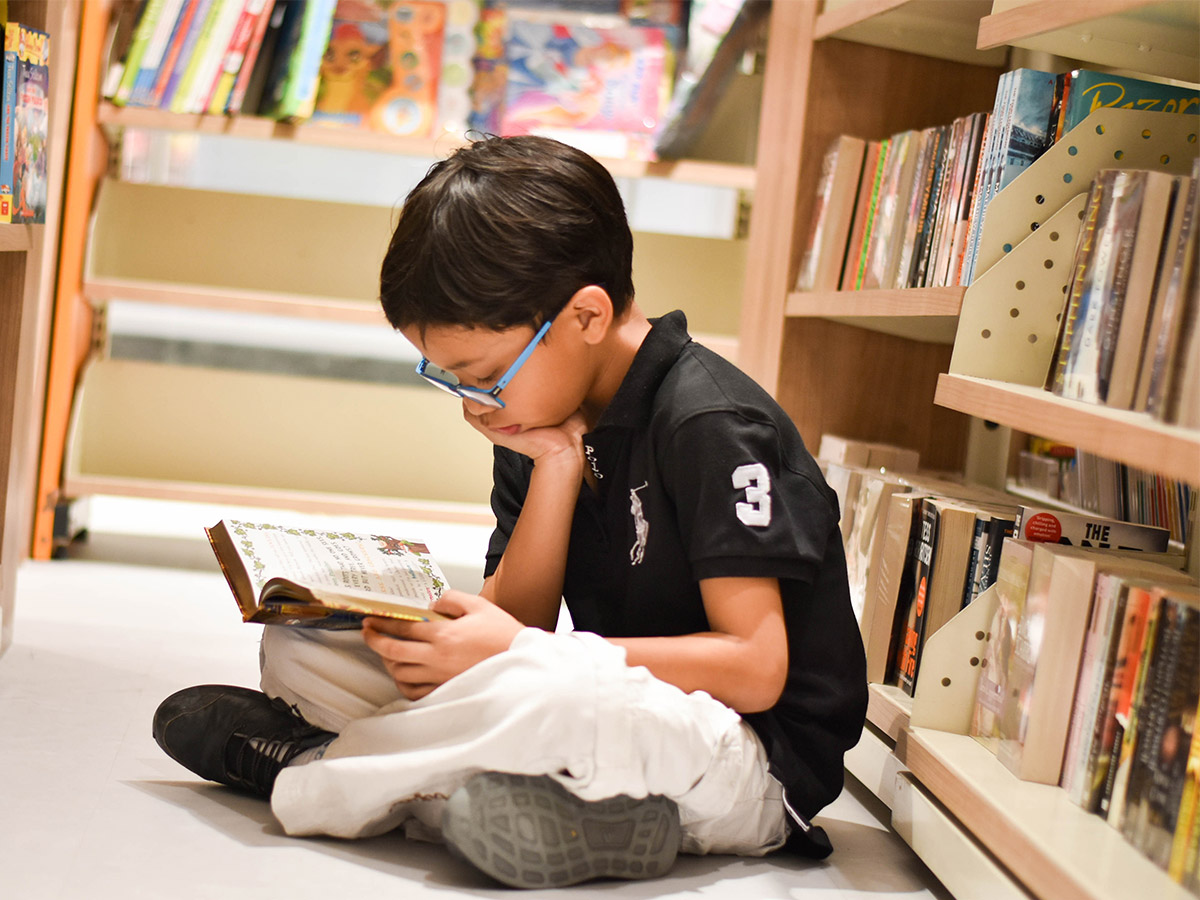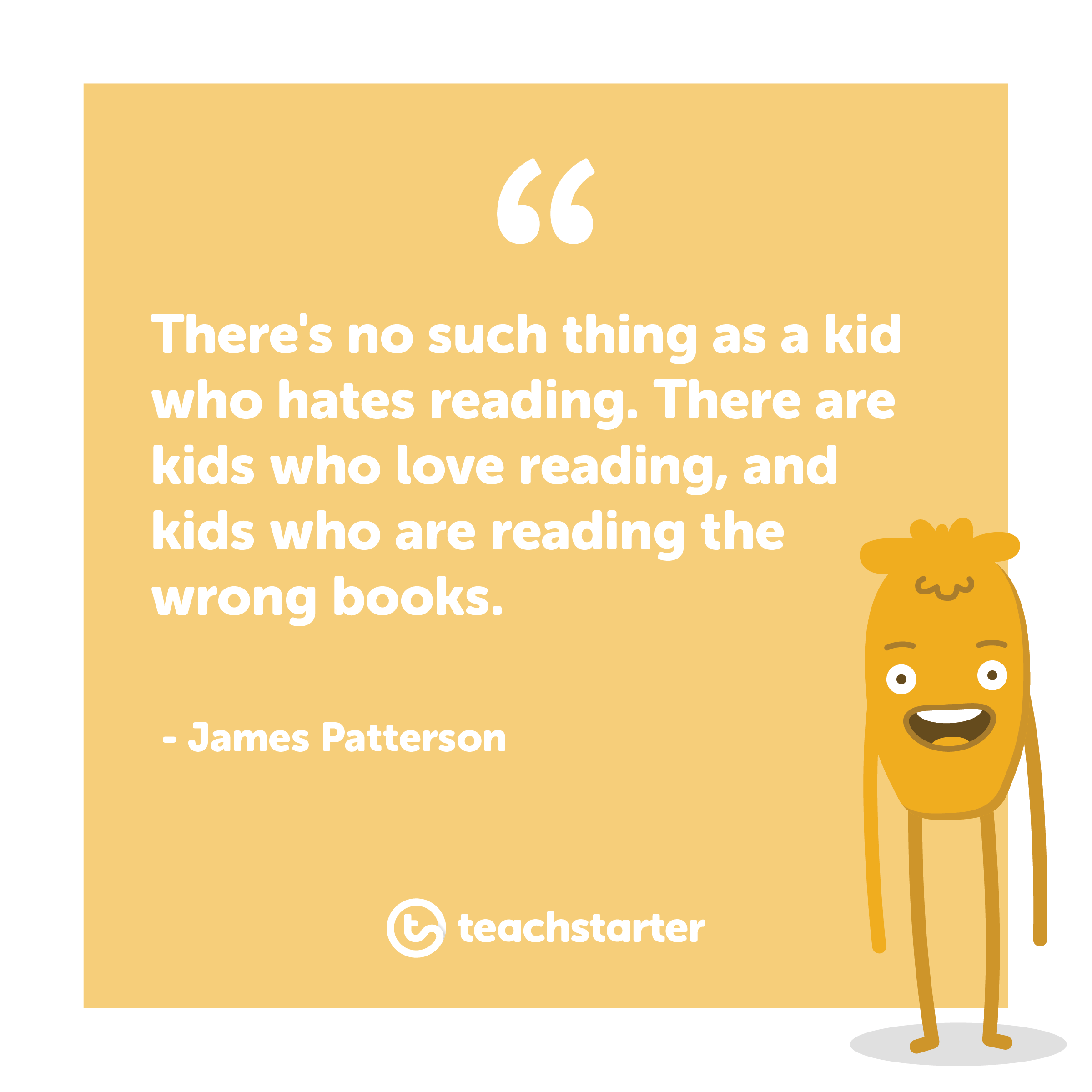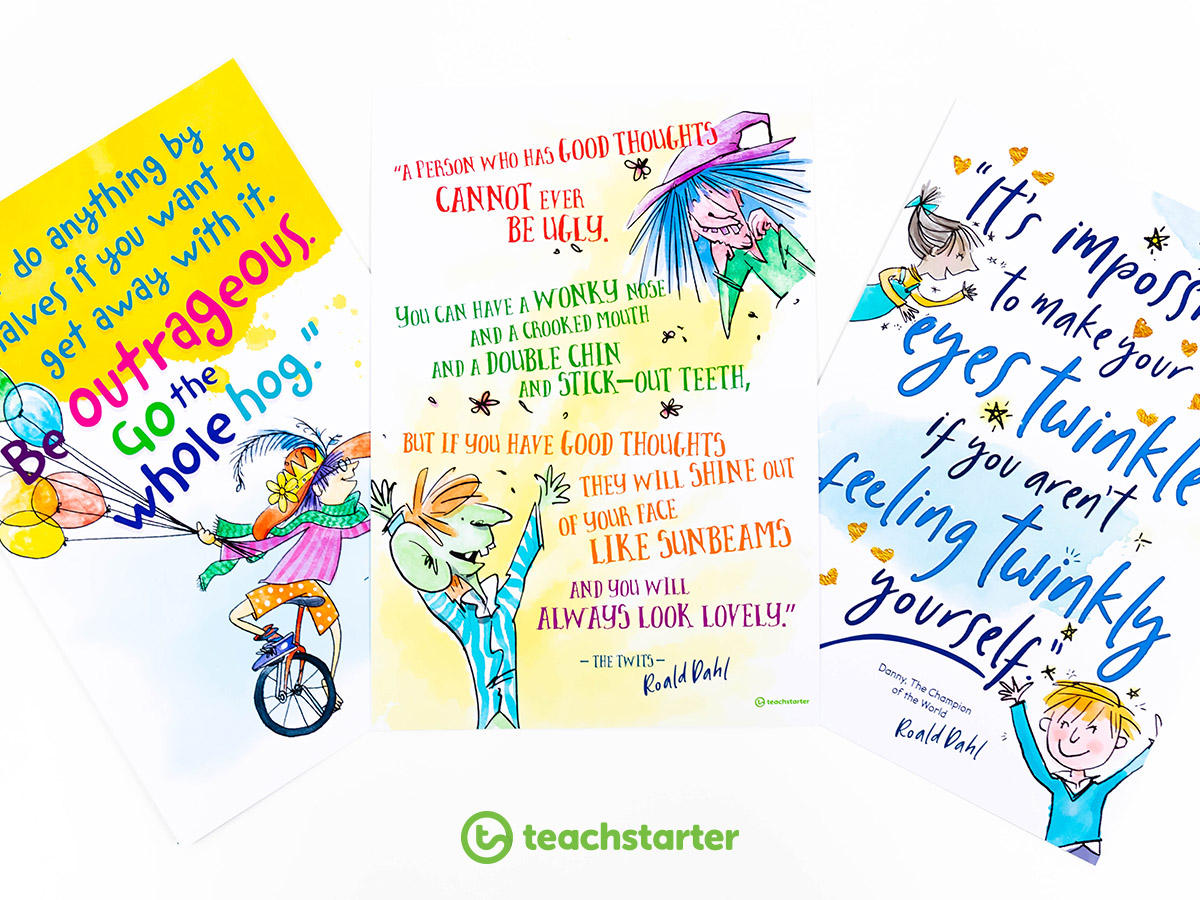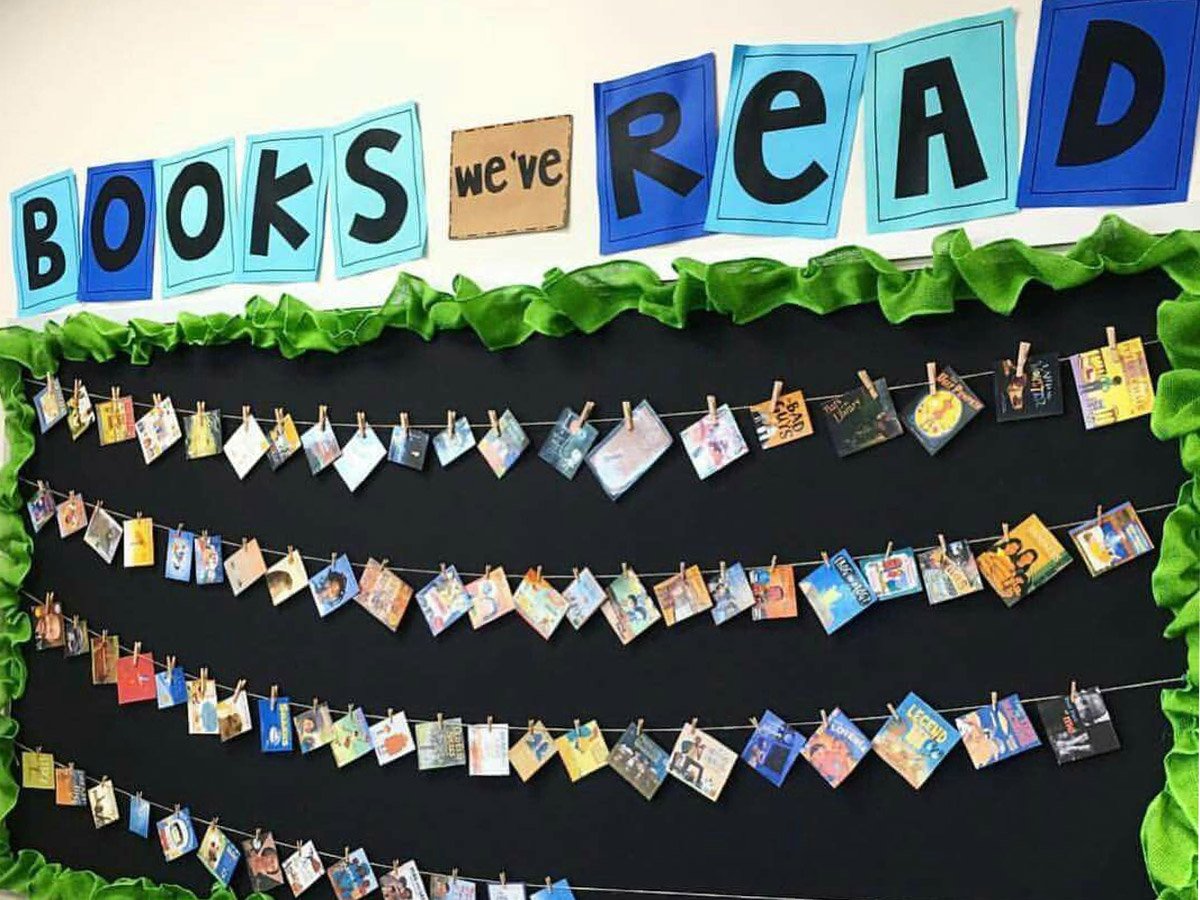If youre anything like me, you get very excited at the sight of a student totally engrossed in a book, chuckling away to themselves as the book weaves its magic. Reading engagement is the ultimate win for a teacher!
Wherever I am, if Ive got a book with me, I have a place I can go and be happy. – J.K.Rowling

We all know the long-term life benefits of being literate and that the more one reads, the better one becomes at it. We also know that wide reading improves comprehension, vocabulary, writing skills and general knowledge.
Research shows that reading ENGAGEMENTis a vital component in improving learning outcomes.
Sure, in our classes, we come across those students who need little encouragement – they are that handful of students who choose to have their nose buried in a book whenever theres a spare moment in the day. But for many, reading is not the preferred free-choice activity.
So how do we foster a genuine love of reading in our students?
Firstly, it doesnt just happen as a result of us talking about how great reading is. Reading engagement is something that needs to be PLANNED for.
As you begin thinking about your new teaching year and how you can improve the learning in your classroom, why not implement a specific plan to improve reading engagement?
Hopefully, this blog will provide you with the inspiration to do so!
Tips for Guiding Students to Love Reading
Tip #1 Free-Choice Reading Sessions
Re-think your focus. View the acquisition of reading skills as LESS important than nurturing a love of reading for pleasure. To that end, make sure you schedule regular free-choice reading sessions.
These sessions may include:
- time set aside for independent silent reading
- more animated sessions where students read and chat informally about what theyre reading
- buddy reading either within your class, or teaming up with an older/younger class.
If using buddies within your class, why not pair up students of mixed abilities to share reading a book? This is a fantastic way for your lower level readers to participate in reading more difficult texts.
Buddy reading with other classes has so many benefits – not the least of which is that the students love having the opportunity show off their blossoming reading skills!

How to Set Up Free Choice Reading in the Classroom
- Spend time with your students discussing how to choose the right reading material. Why not use our fabulous Choose It Bookmarks to assist with this task?
- The most critical factor in choosing appropriate reading material is having the desire to read it.
- Set up a small free-choice box for each student.
- Make sure you position these boxes somewhere in your classroom where students have easy access.
- Encourage the students to each bring in three or four books/magazines etc to place into their box. These could be books from home or a library or even resources chosen from the classroom (although Ive found students prefer to BYO).
- The books are then at-the-ready for whenever there is an opportunity to read for pleasure.
We fell in love with this gorgeous idea by Peace Love Kindergarten. Get some magazine holders and personalise each box with a photo of each of your students.
Lift the profile of voluntary reading in your room – highlight it as an awesome option for early finishers.
One of the key determinants of the degree of engagement in reading is social interaction. Students are more motivated to read when they have the chance to talk about the text theyre reading. At the end of free-choice reading sessions, have the students take turns doing a quick share with a partner about what theyve just read. Initially, a prompt sheet might be beneficial to help guide these discussions.
We have some sensational Talking About Books Prompt Sheets for both fiction and non-fiction.
Rules for Free Choice Reading in the Classroom
- When reading for pleasure, allow your students to decide to NOT finish reading a book and opt for a different selection (although I usually limit the number of changes in a session – as we are also trying to build reading stamina!).
- Choice of reading material needs to be all-inclusive – cookbooks, comics, magazines, poetry etc.
- There are two provisos: the text selected should require relatively little effort to read, and the student must be MOTIVATED to read it.
You, as the teacher, and the students themselves, need to reflect on the students reading preferences. Make sure you allocate several times throughout the school year for students to complete our Reading Preferences Survey Template. This survey can help drive the students book selection process and also assist you when nudging a student to broaden their reading repertoire.

Flashlight Friday – Encouraging Independent Reading
One fabulous way to drive enthusiasm for reading is to instigate Flashlight Friday. This works best if you are able to darken your classroom. Students bring in a flashlight to leave in their free-choice box for approximately 6-8 weeks.
Every Friday during that period at a designated time, the lights are turned off, drapes drawn and choice-led reading proceeds.
I like to play relaxing, instrumental music quietly in the background to create more ambience. This is the perfect opportunity for you to model your own enthusiasm for reading.
EVERYONE is participating!
Tip #2 Book Talks
Organisedbook talks can be another great stimulus for reading engagement.
In small groups, students share the books theyve loved reading with the aim of selling the book to others. These talks could either be rostered or voluntary, and students could again use our Talking About Books Prompt Sheetsfor guidance.
If teaching younger students, why not try some role-playing in pairs? One person is the librarian, the other is the student. The librarians job is to persuade the other student to read a particular book.
Tip #3 Read-Alouds
One of the most powerful forces in promoting interest in reading is the humble teacher read-aloud.

Plan to do it every day if you can! One of my favourite techniques here is to only read the opening of a book (the first few chapters or first few pages). The aim is to hook the students. Ensure you stop reading at a point where the students are begging for more – then you casually mention that the book is available to borrow!
Have you thought of inviting a Mystery Reader into your classroom on a regular basis?
This might be the school principal, deputy or any member of staff whom the students know. You could provide the students with clues throughout the day to see if they can infer who the special guest will be. The Mystery Reader might also discuss why they chose their book, how often they read and why they love reading etc.
Tip #4 Reading Displays
Dont forget to use displays to entice readers.A book recommendation orfavourite authors wall is guaranteed to generate excitement about reading. Using the information gleaned from the Reading Preference Surveys, copy the covers of favourite books and display them on a noticeboard. Encourage students to add sticky notes to the display explaining why they liked these books.
We love this display by @teaching3rdwithmrg as an idea of how to display this sort of information in your classroom.
How about a Guess the Reader display to lift the profile of reading for pleasure?
Members of staff take photos of themselves reading in disguise. Students scrutinise the books being read to deduce who the reader is.
For a Reading Round the House display, teachers and students search for opportunities to photograph the reading habits of members of their family. They snap photos of the places and positions their family members are found reading in at home and create a display of these in the classroom.
Tip #5 Book Wish Lists
Another fun way to expand the reading tastes of your students is to schedule lessons where you explore sites such as Good Reads or Scholastic Kids Booksfor book recommendations.
Youll be amazed at the excitement and chatter this generates!
The aim here is to demonstrate how easy it is to find new suggestions for reading material. Distribute a Book Wish List prior to the sessions so that students can begin listing their new discoveries.
If youre after more book suggestions for your students, have a look at our Top 10 Books for Reluctant Readers blog.
Final Words from Janeen
You have many options when it comes to planning for reading engagement. If your aim is to have students who are intrinsically motivated to read, then…
Make a commitment to timetabling free voluntary reading as a regular event in your classroom.
A stimulating environment paired with a smorgasbord of reading resources are a winning combination. Add a passion for reading to the mix, and the sky is the limit for learning!










Comments